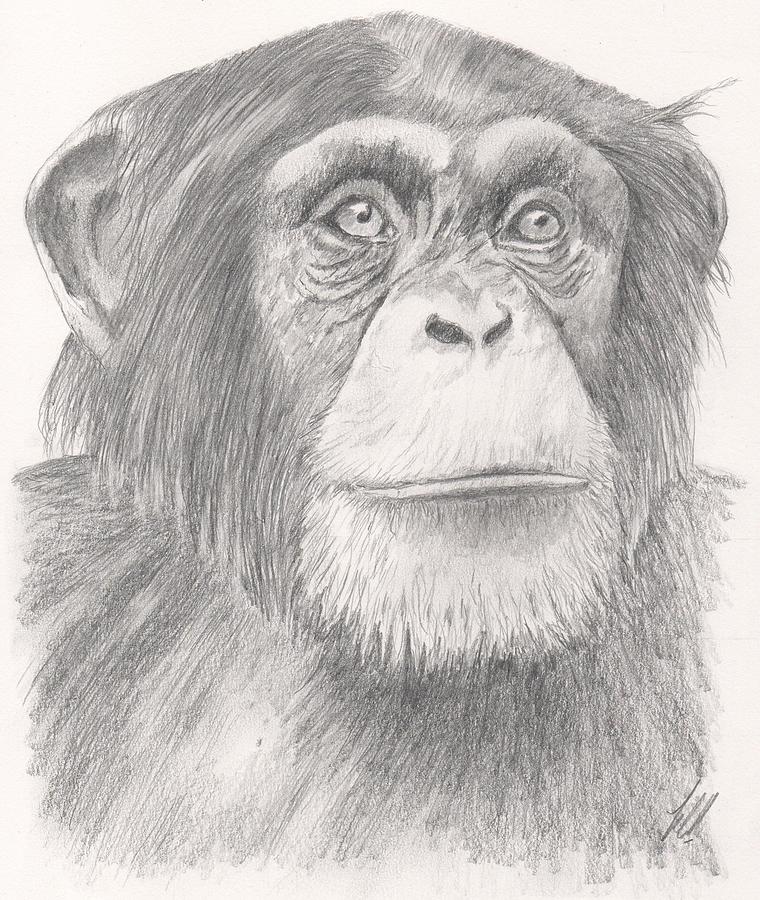

One of the first steps of children’s early symbolic drawing development is tadpole figures 10. This early developmental stage of drawing is composed by traces and lines which have a universal nature, belonging to a culturally inherited symbolic system 9. Then DeLoache and collaborators 8 stated “the realization of figurative drawing goes hand in hand with the appropriation of symbols”. the use of symbols such as marks or particular shapes) helps the subject to represent their thoughts by giving them symbolic meaning beyond their literal ones. Progressively the systems involved in the drawing behavior develop capacities such as visual perception, graphic production including action programming and planning, and visual imagery. This organic substratum allows children for example to acquire the understanding of self and others, to regulate their emotions, but also to communicate and to enter a world filled with symbols 7.

During early childhood, crucial neurological transformations occur in cerebral tissues such as important increases in grey matter volumes until 4 years 6. This progress is partly linked to the improvement of motor coordination, completed by the progressive integration of a visual vocabulary of patterns and graphic syntax aided by the child’s cultural and living environment and of course by the maturation of their cognitive skills 4, 5. they can be recognized by external observers 3. At the age of 3–4 years, children begin to produce figurative drawings, i.e. Children start drawing what we call scribbles around their first year of age 3. an active creation of visible marks that may or may not be figurative 2. This study considers drawing behavior in its simplest form, i.e. Indeed, drawing behavior is considered by some authors as the simple will to mark, to produce visible traces but it can also be etymologically understood as something more complex such as a design, or a goal to reach 1. It was a picture of a boa constrictor digesting an elephant.”Īntoine de Saint-Exupéry, The Little PrinceĮvidence in prehistoric caves and in museums underlines that drawing is one of the most characteristic behaviors of the human species, yet its definition remains vague. These indices can be considered relevant tools to improve our understanding of drawing development and evolution in hominids. We also used indices based on colors and time and asked children about what they drew. Drawings of chimpanzees are not random suggesting that their movements are constrained by cognitive or locomotor aspect and we cannot conclude to the absence of representativeness. Results showed that this index was lowest in chimpanzees, increased and reached its maximum between 5-year-old and 10-year-old children and decreased in adults, whose drawing efficiency was reduced by the addition of details. Drawings were characterized with an innovative index based on spatial measures which provides the degree of efficiency for the lines that are drawn. This study seeks to improve our knowledge of the evolutionary origins and the ontogenetic development of drawing behavior by studying drawings of humans (N = 178, 3- to 10-year-old children and adults) and chimpanzees (N = 5). Step 5: Draw a small C-shaped arc on the left side of the chimpanzee's head as a guide for the ear.Techniques used in cave art suggest that drawing skills emerged long before the oldest known representative human productions (44,000 years bc). Bend the lines so that they contour to the shape of the chimpanzee's head. Step 4: Draw two intersecting lines inside the entire head shape to help you when drawing the chimpanzee's facial features later on. Step 3: Under the circle, draw an arc similar to the letter U for the chimpanzee's jaw and chin. This circle should be about one-fourth the size of the first one. Step 2: Draw a smaller circle on the top right side as a guide for the chimpanzee's head. Don't place them too far apart, otherwise your chimp will end up too long. The circle on the left should also be placed lower than the one on the right. The circle on the left should be a bit smaller than the one on the right. Step 1: Draw two circles as guides for the chimpanzee's body. For the first few steps, don't press down too hard with your pencil.


 0 kommentar(er)
0 kommentar(er)
